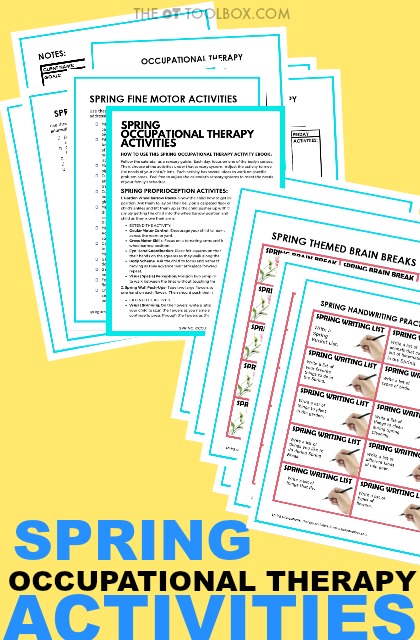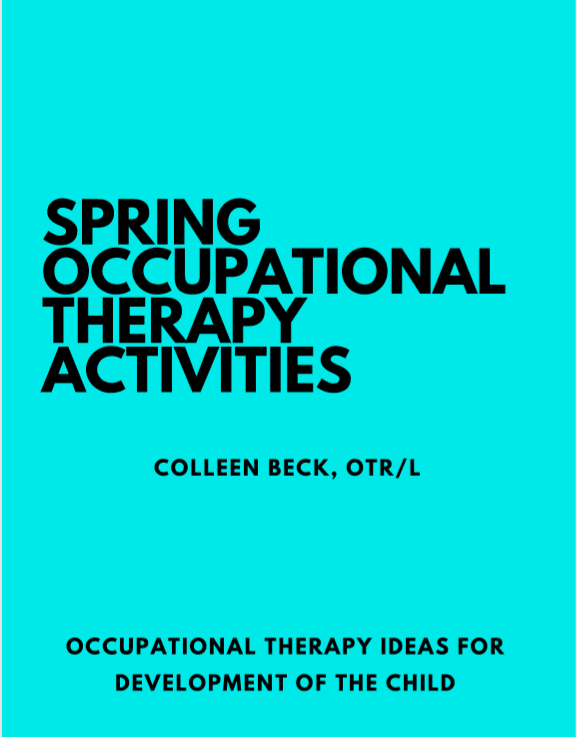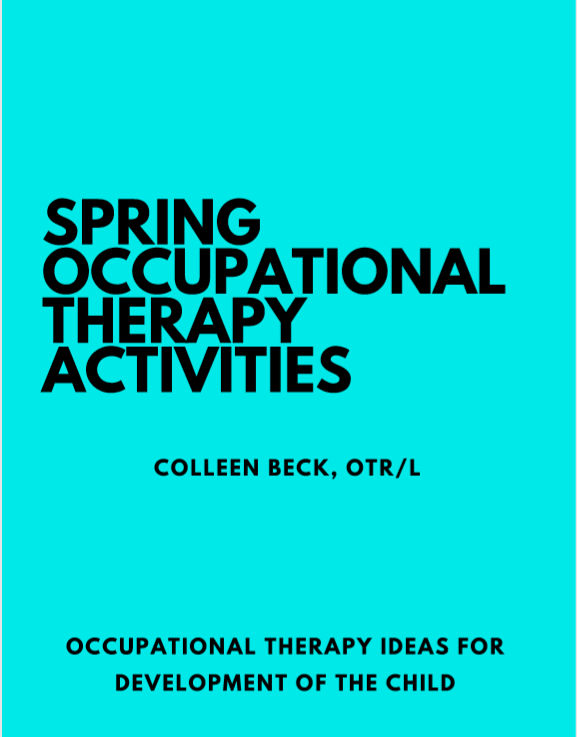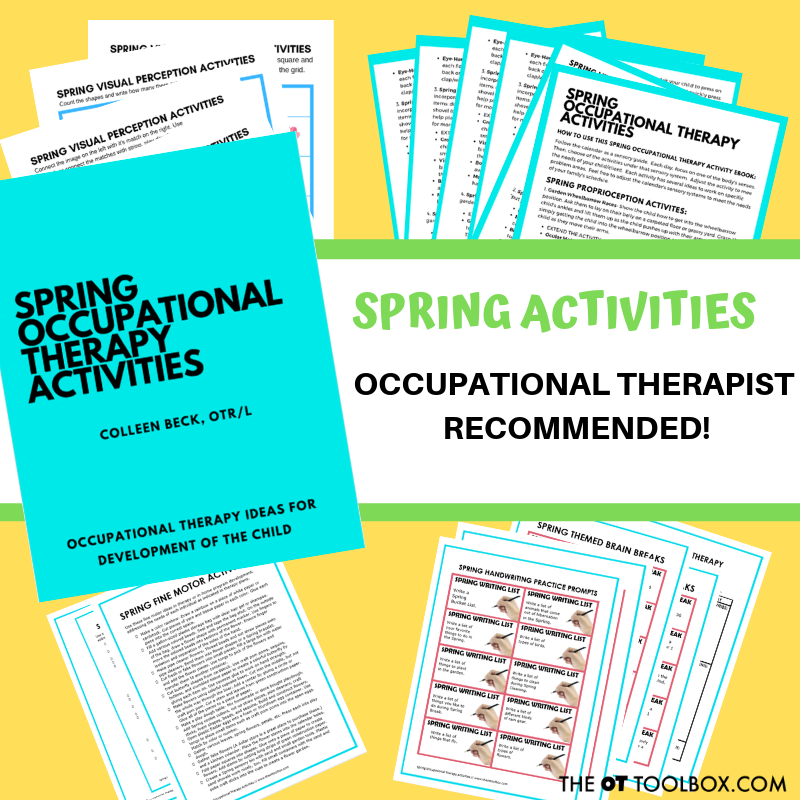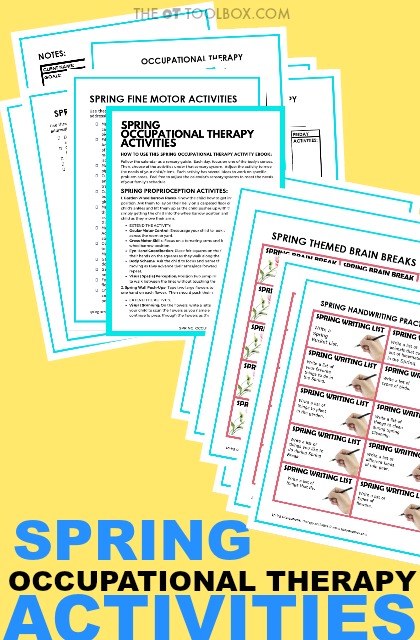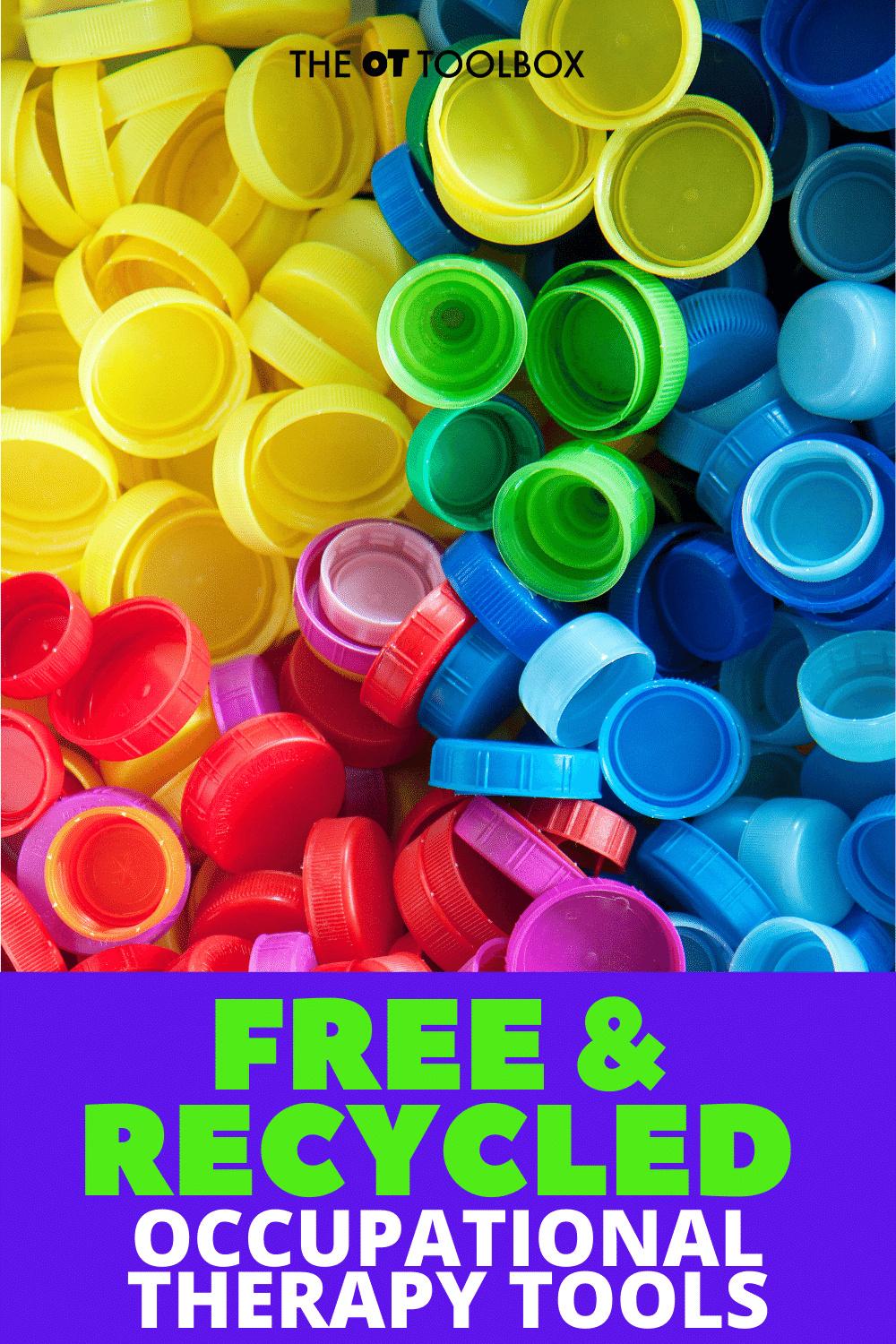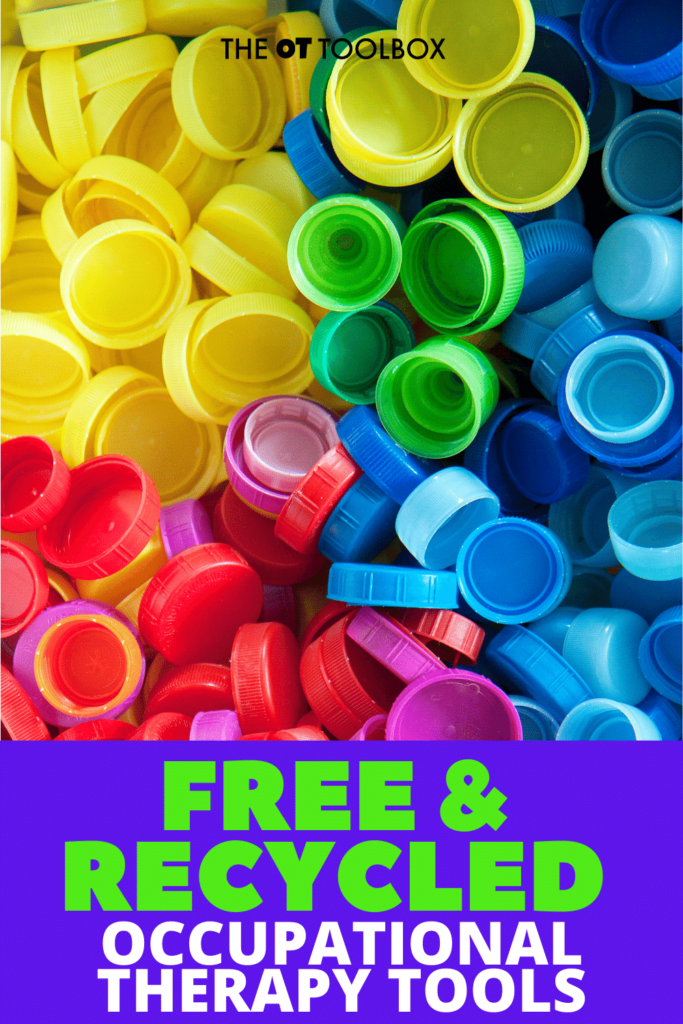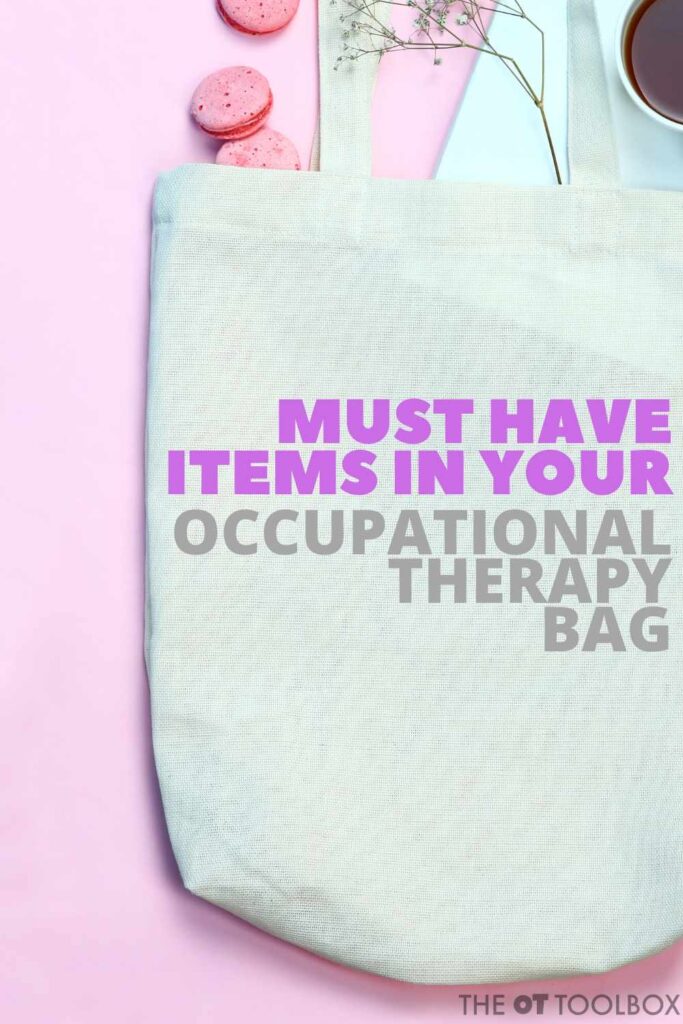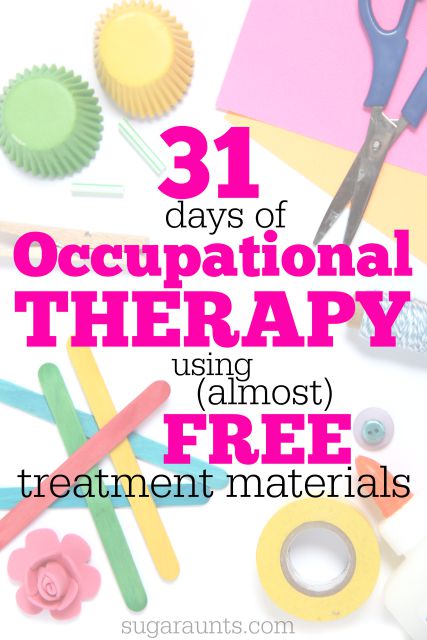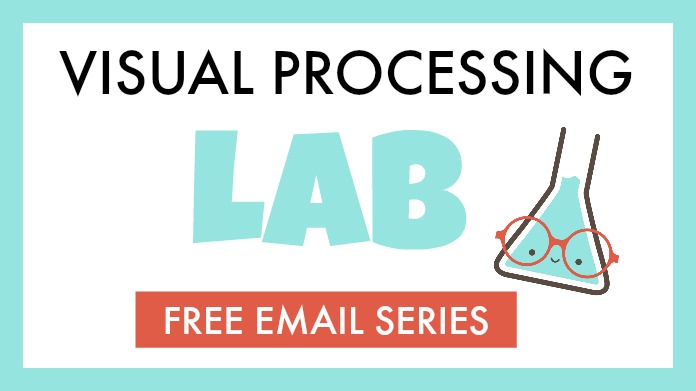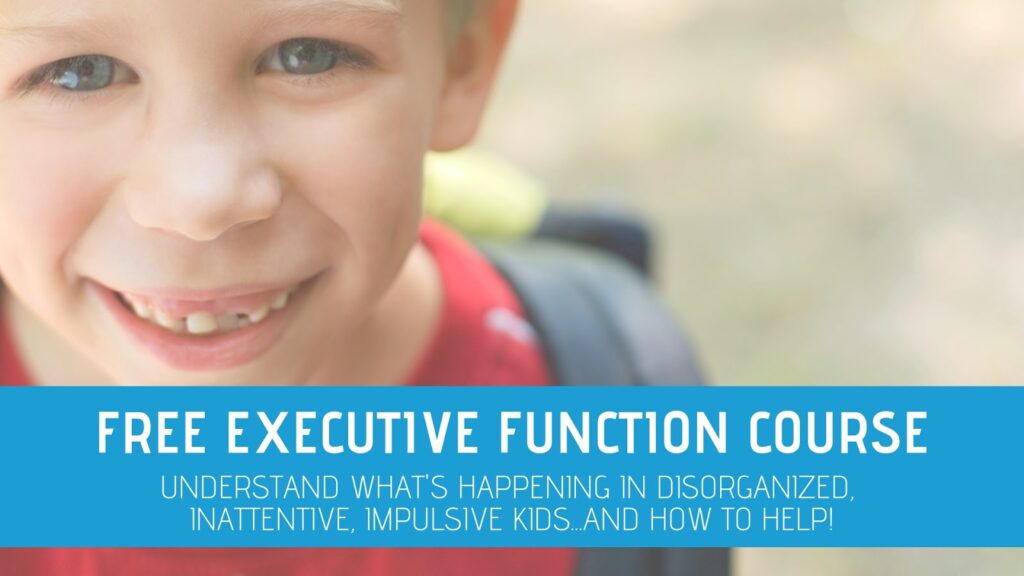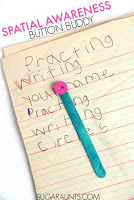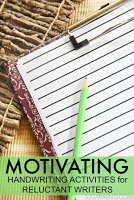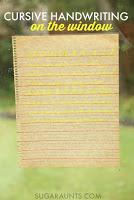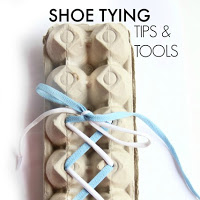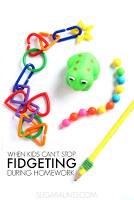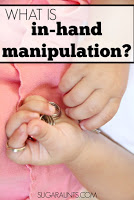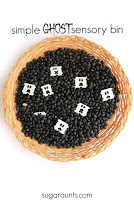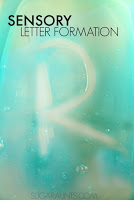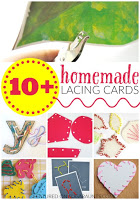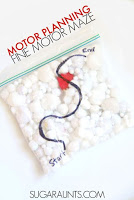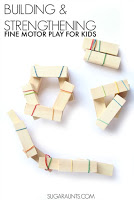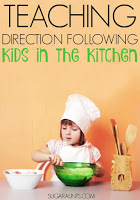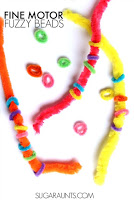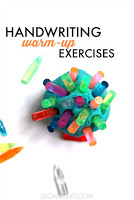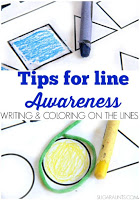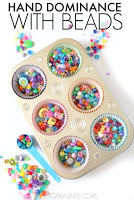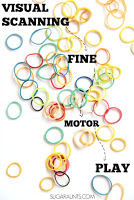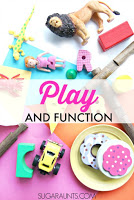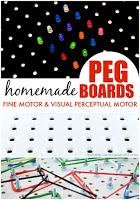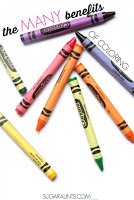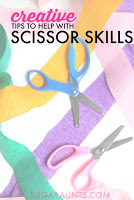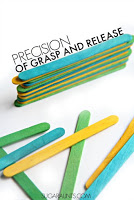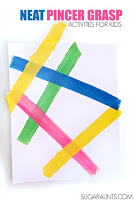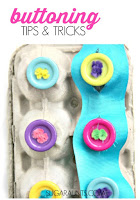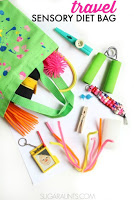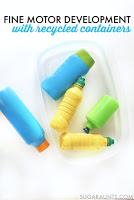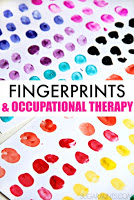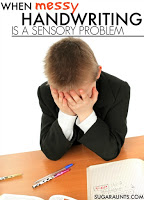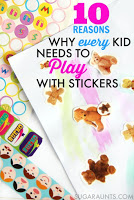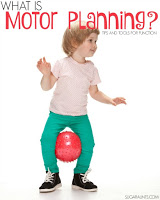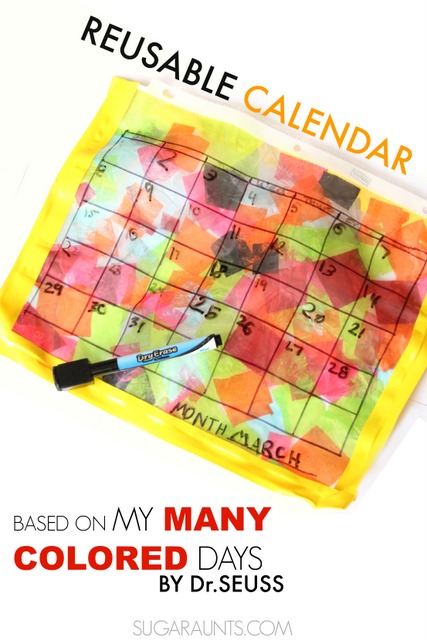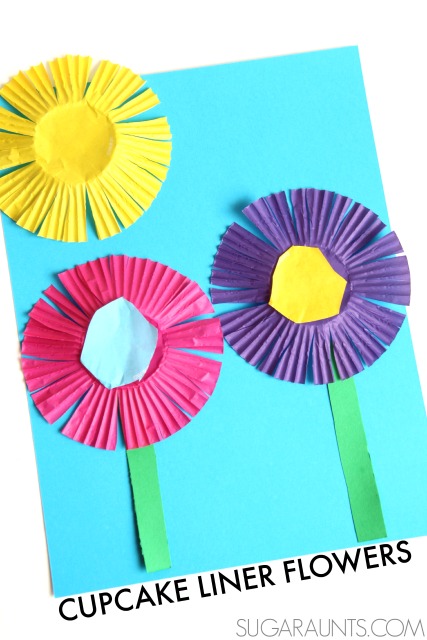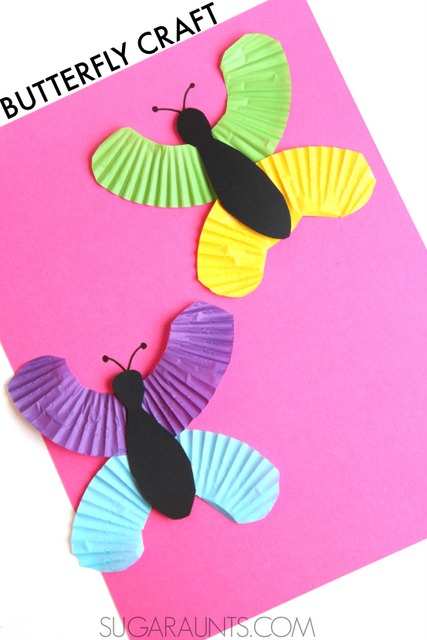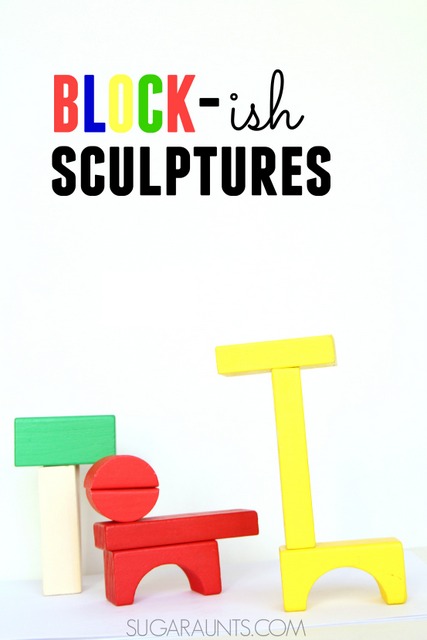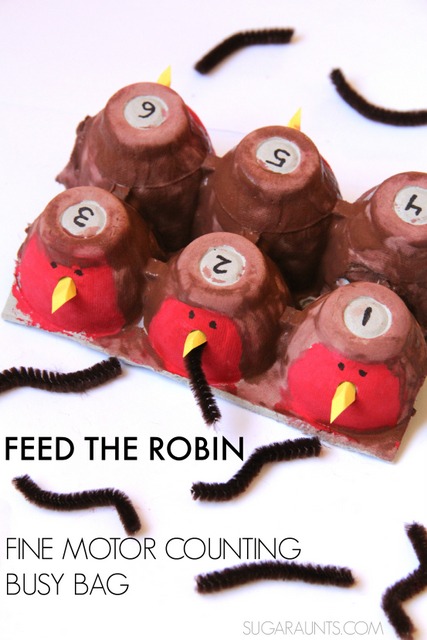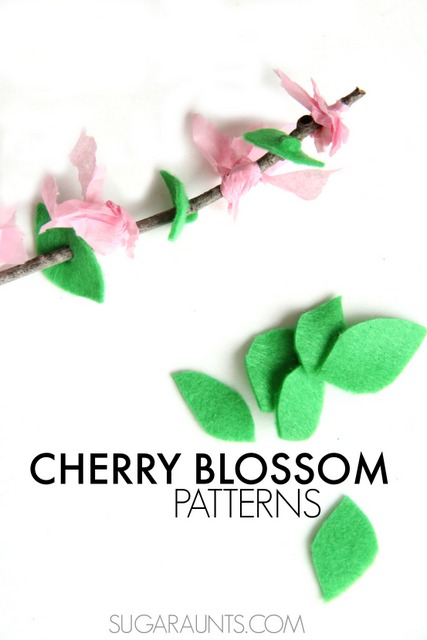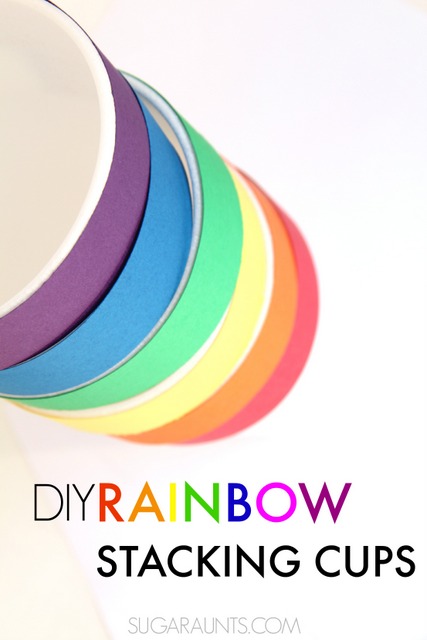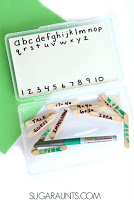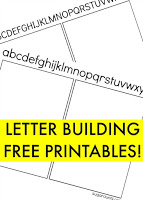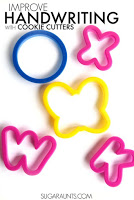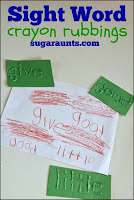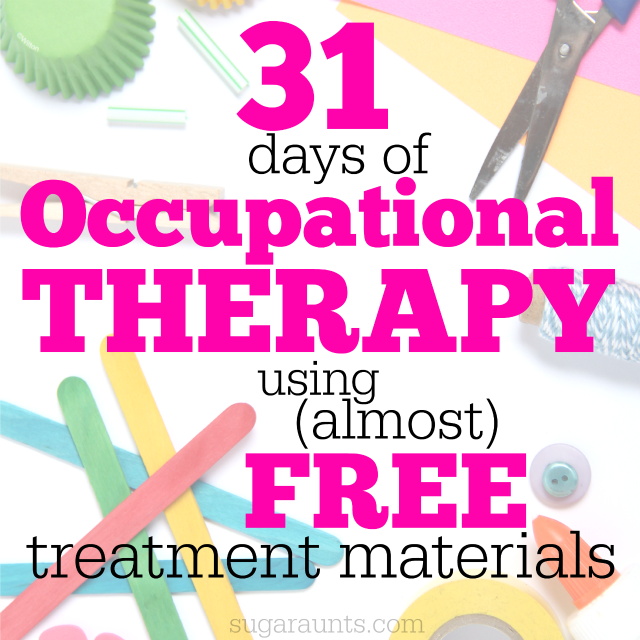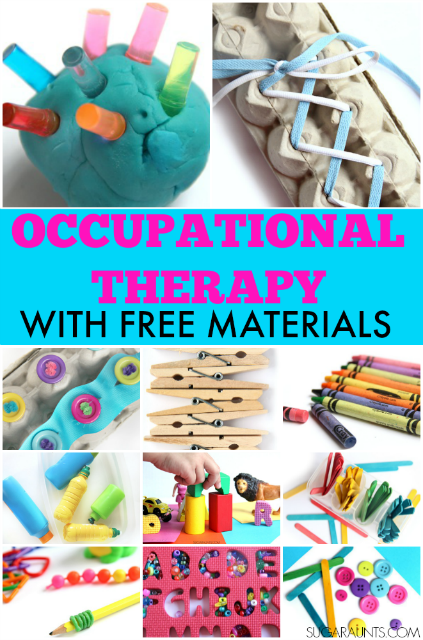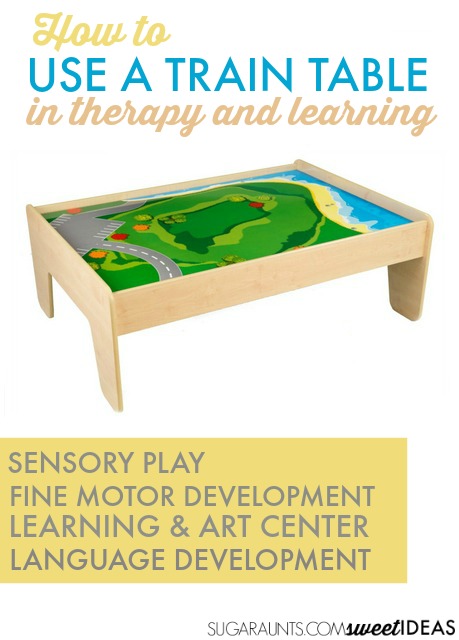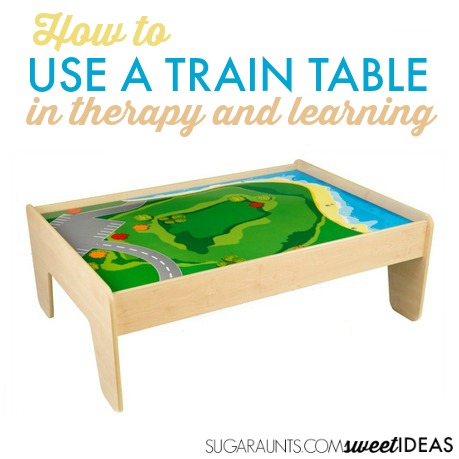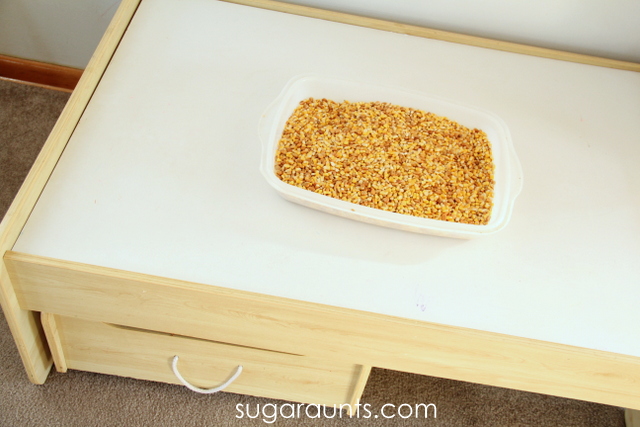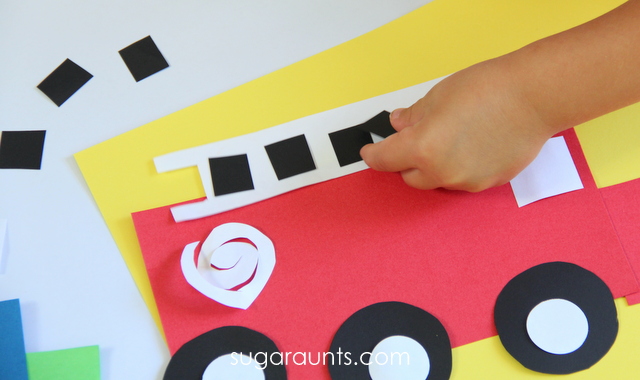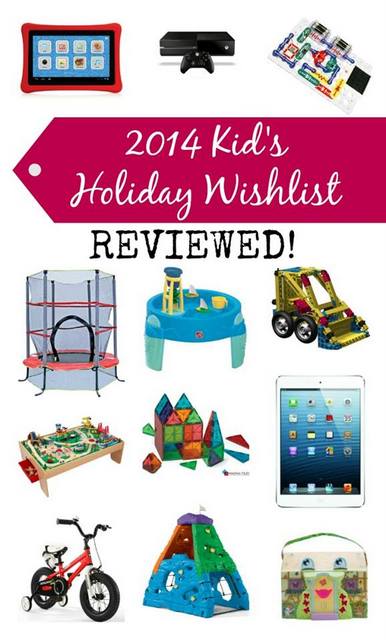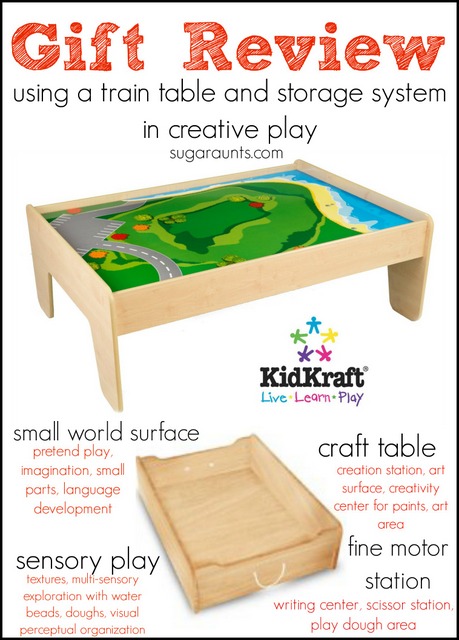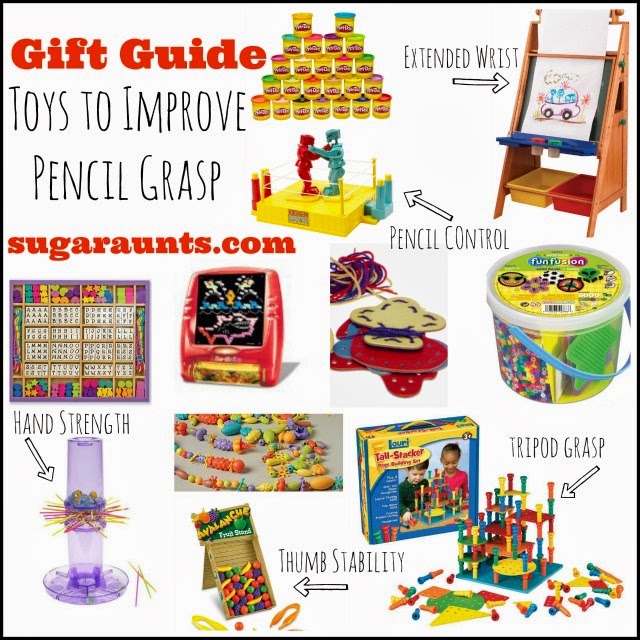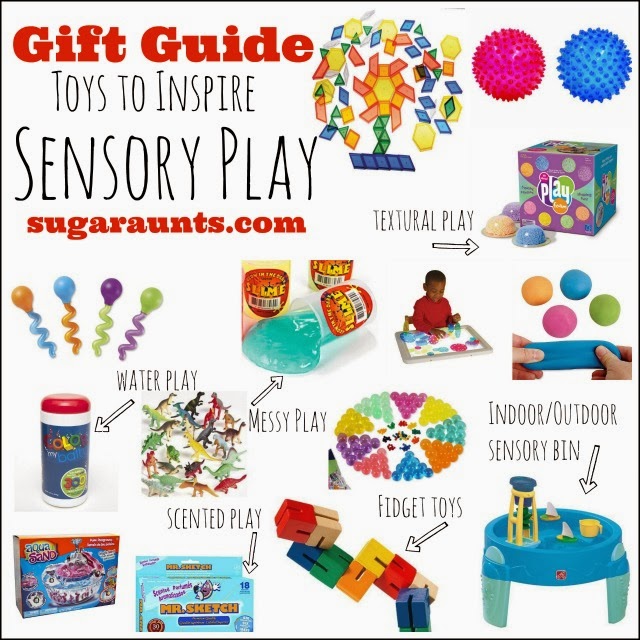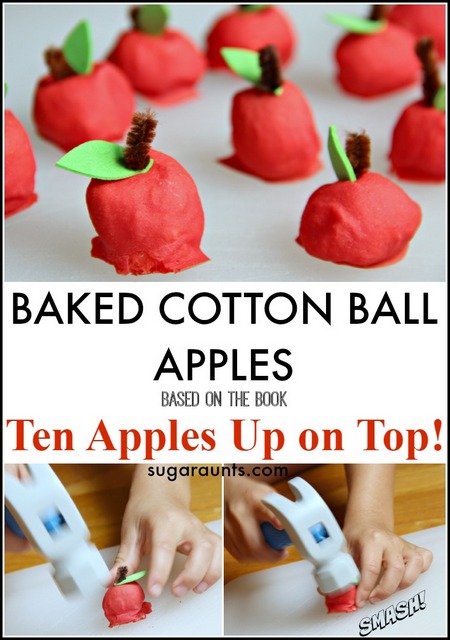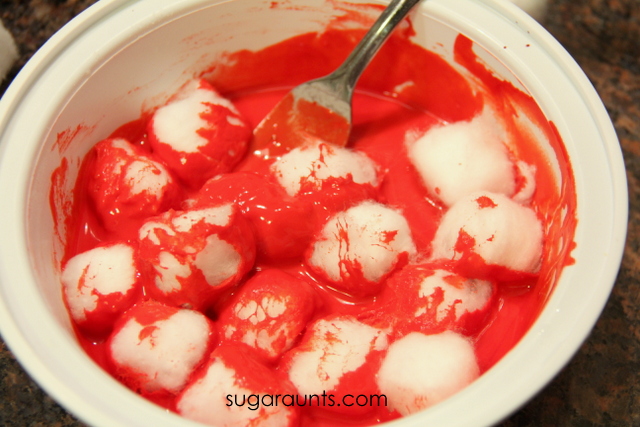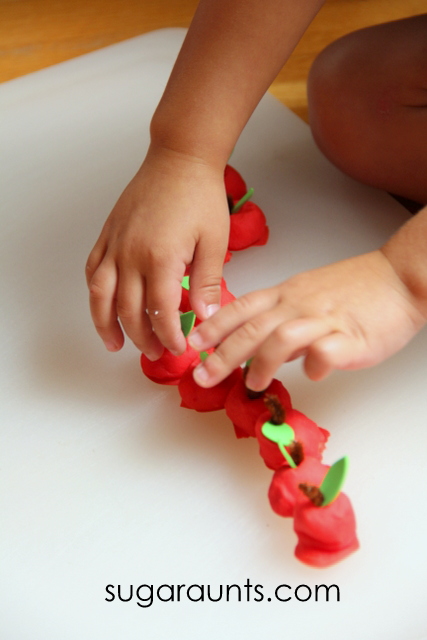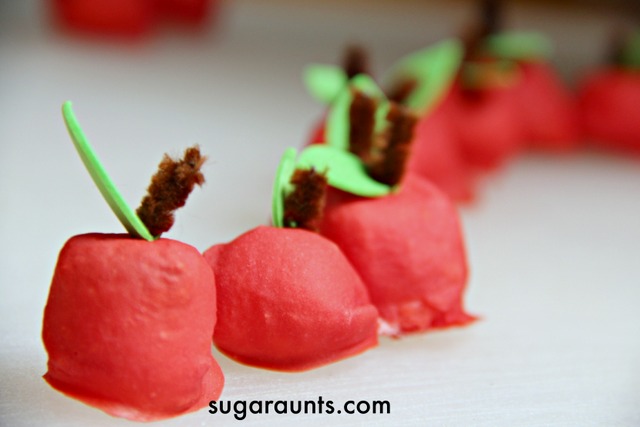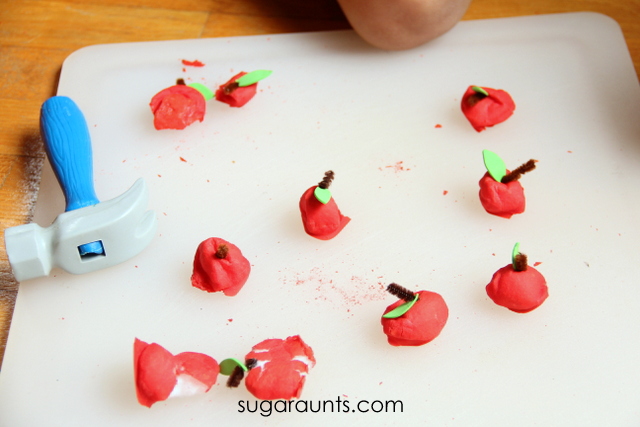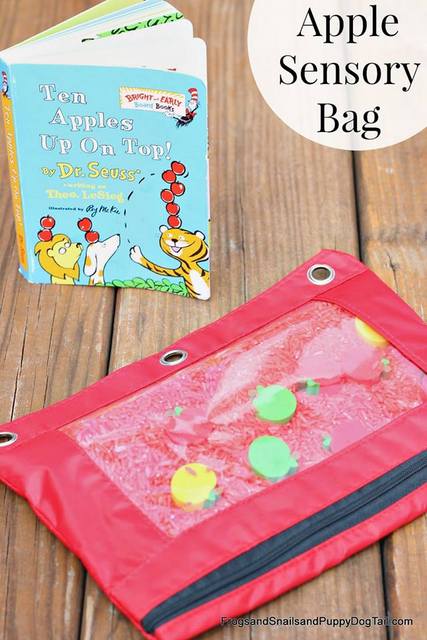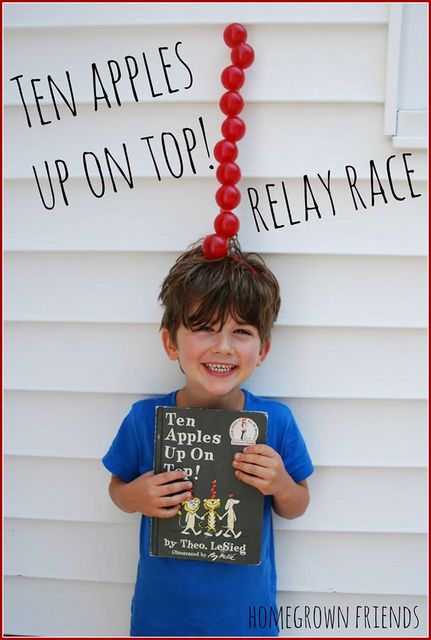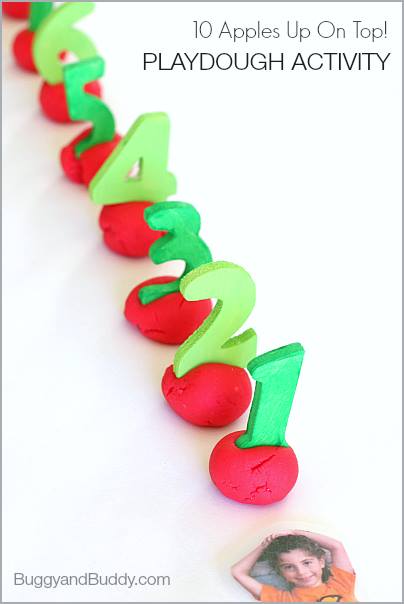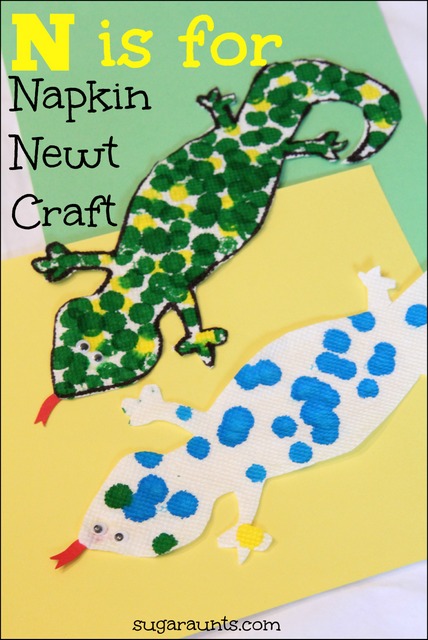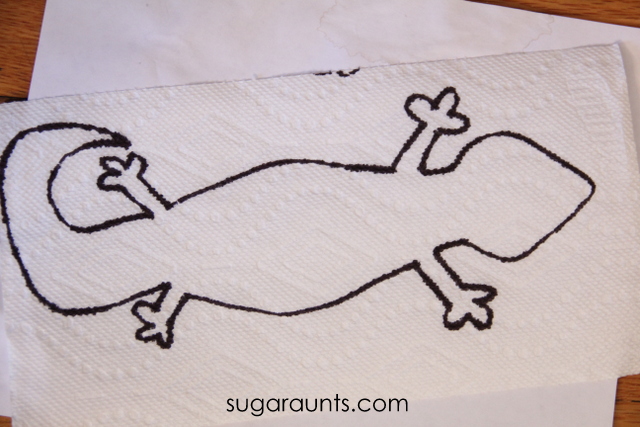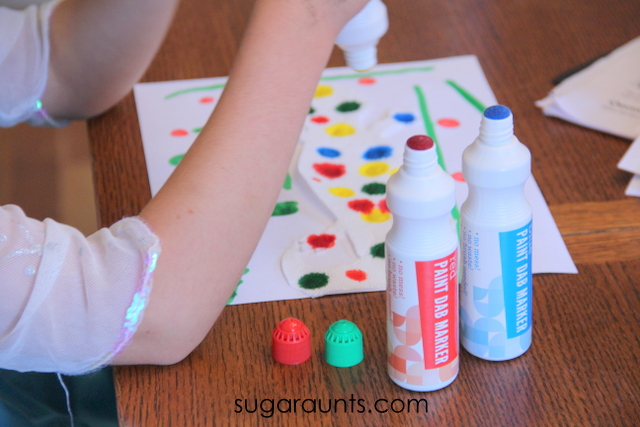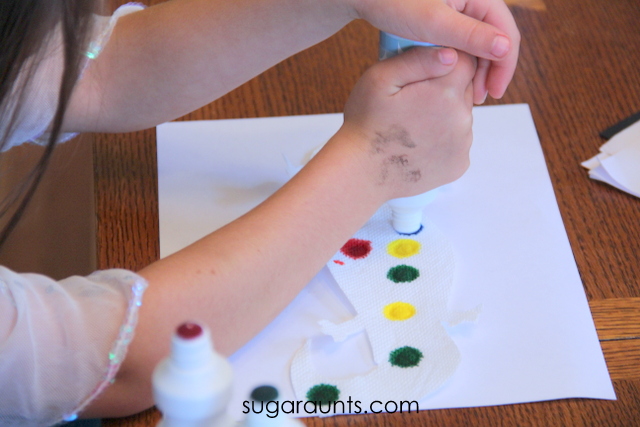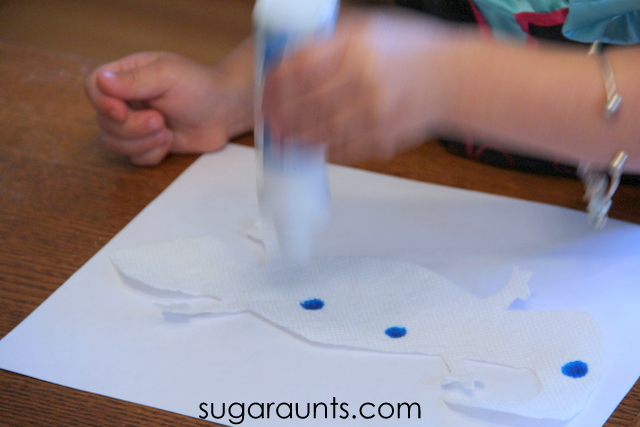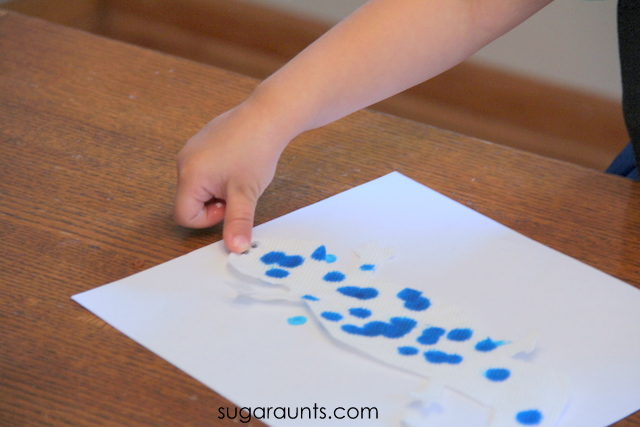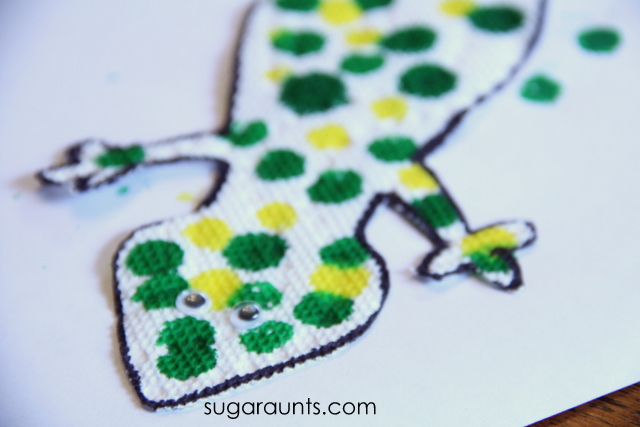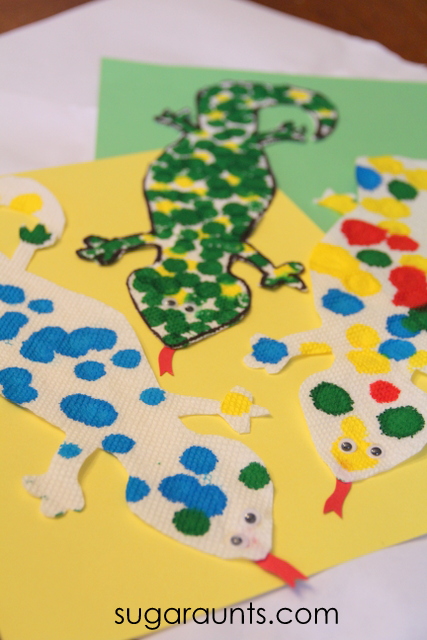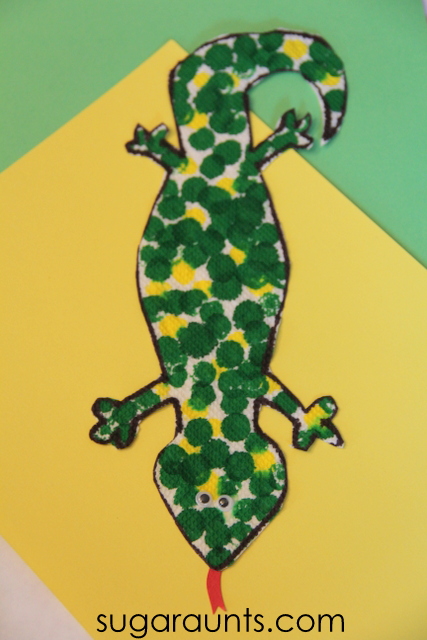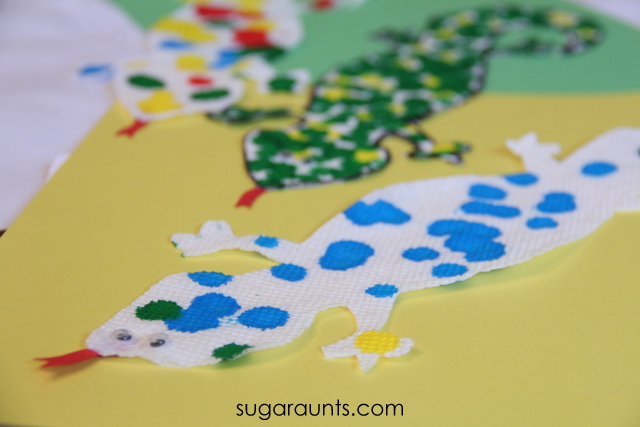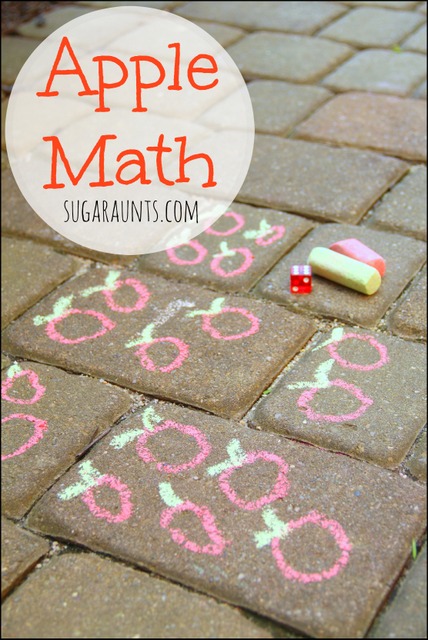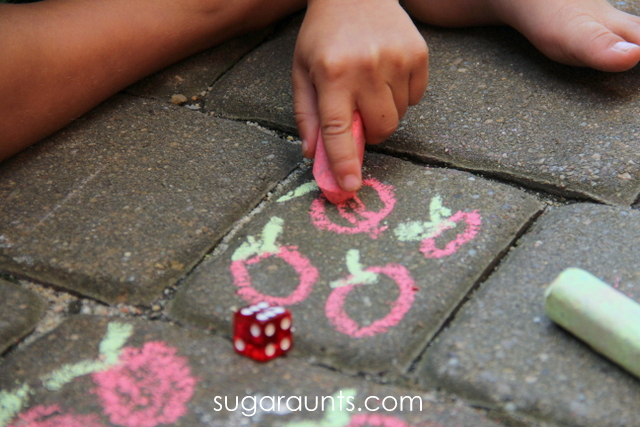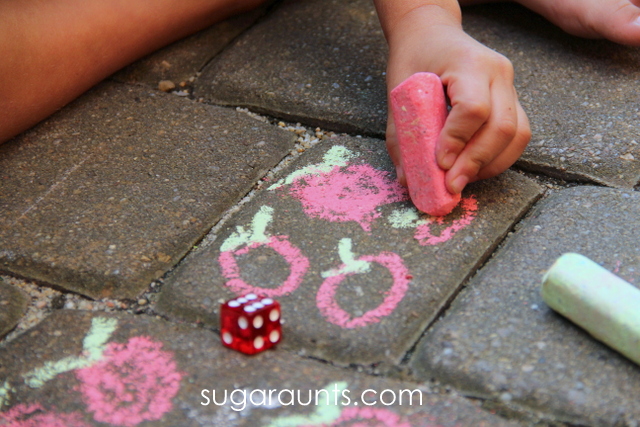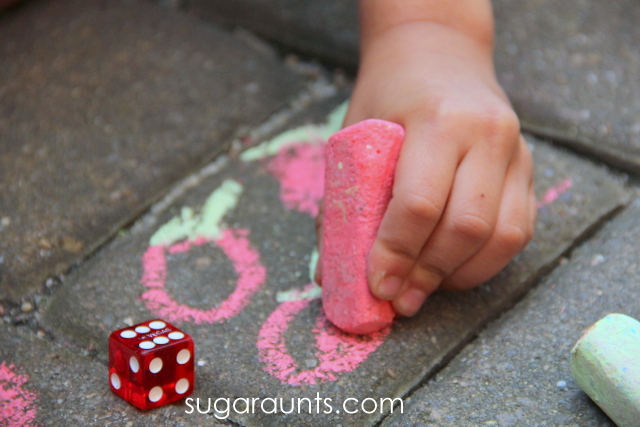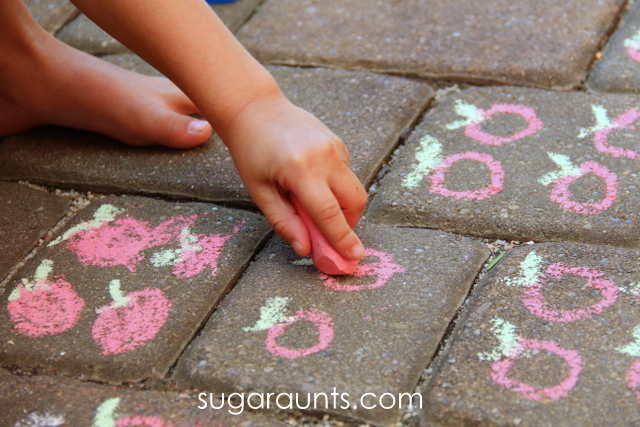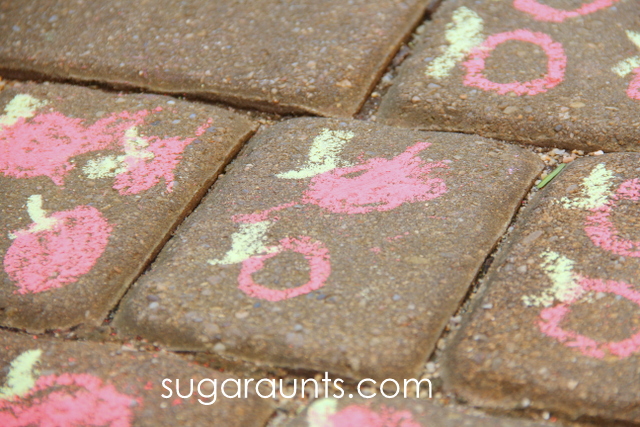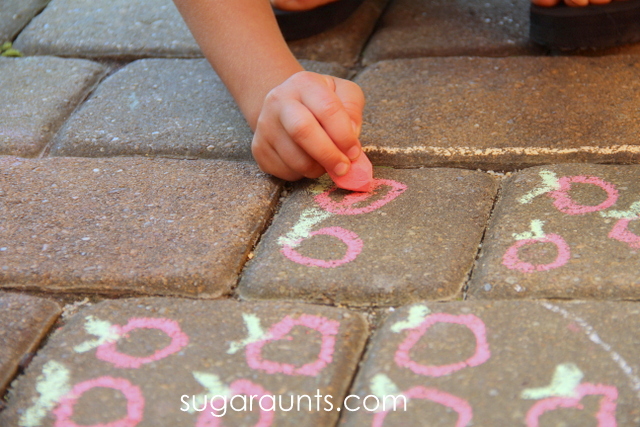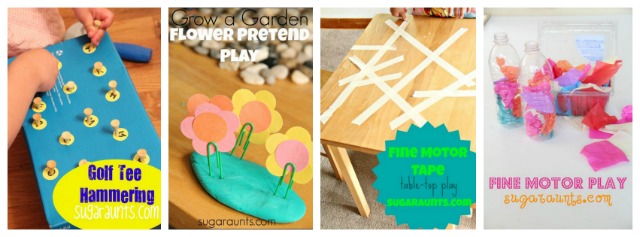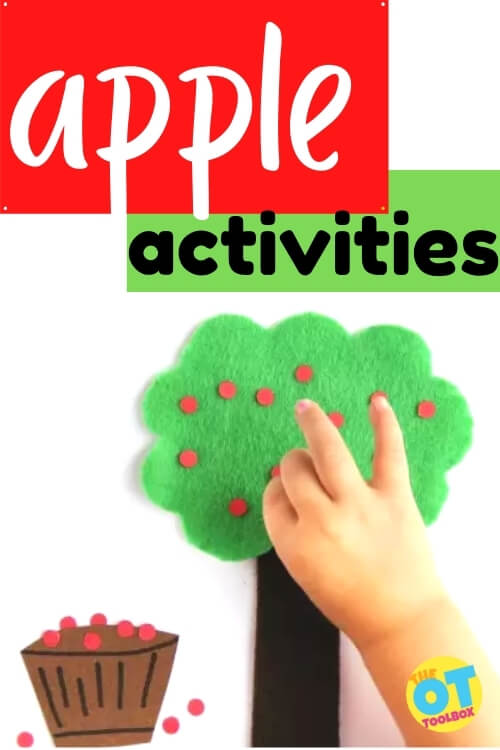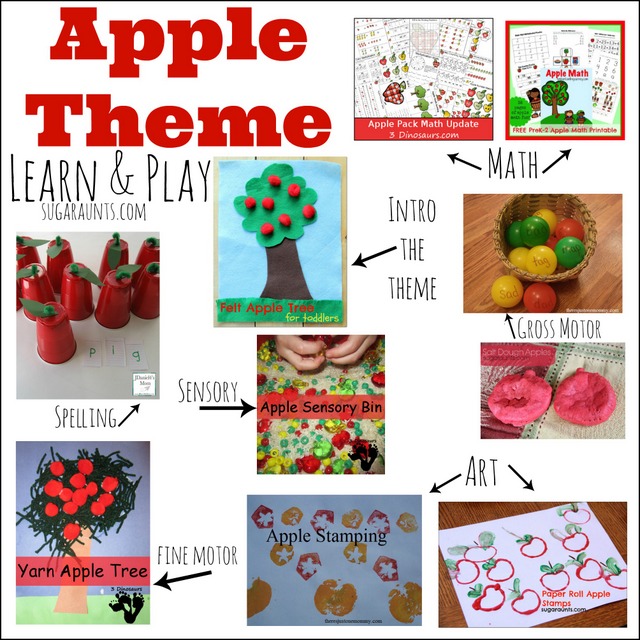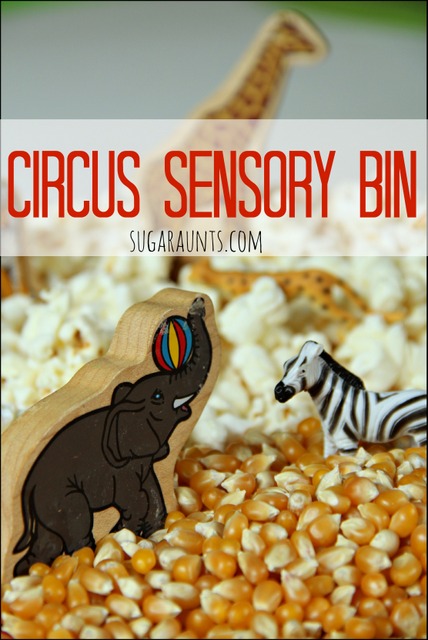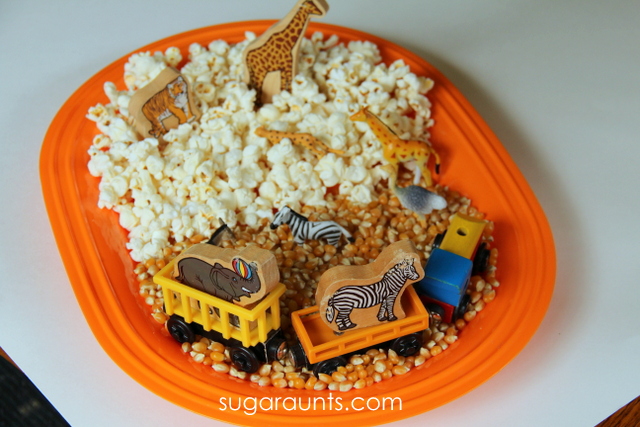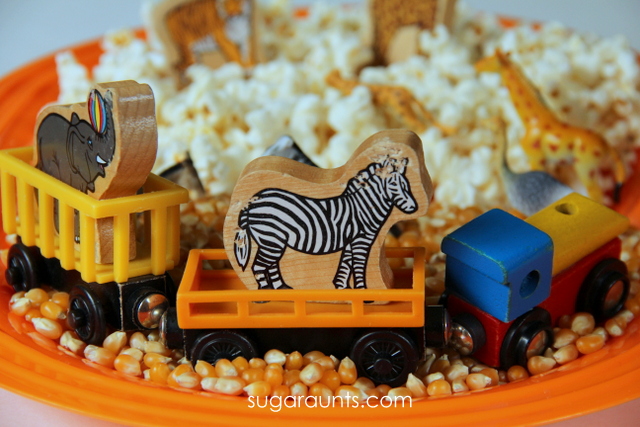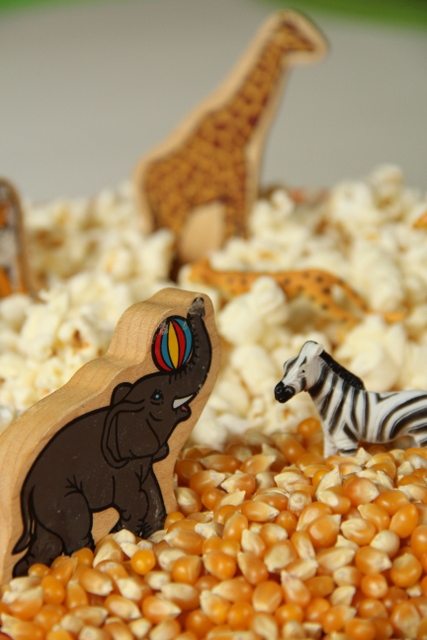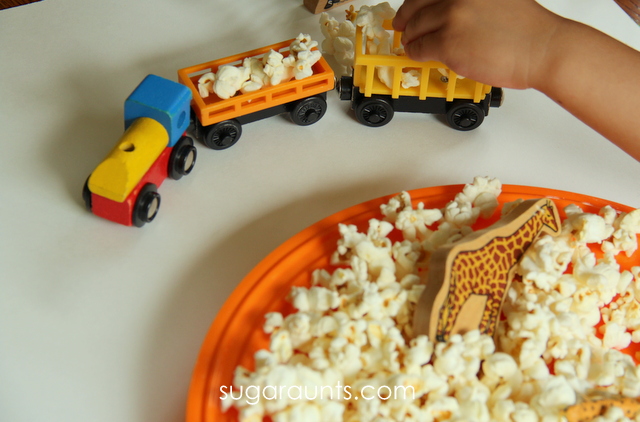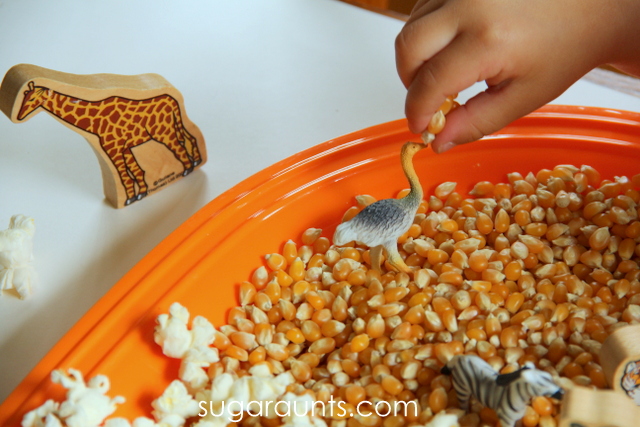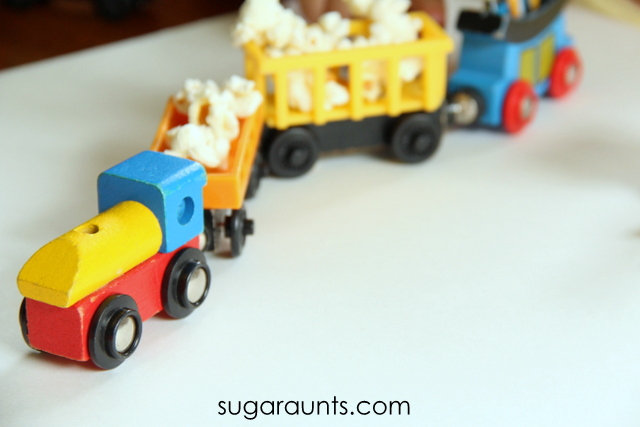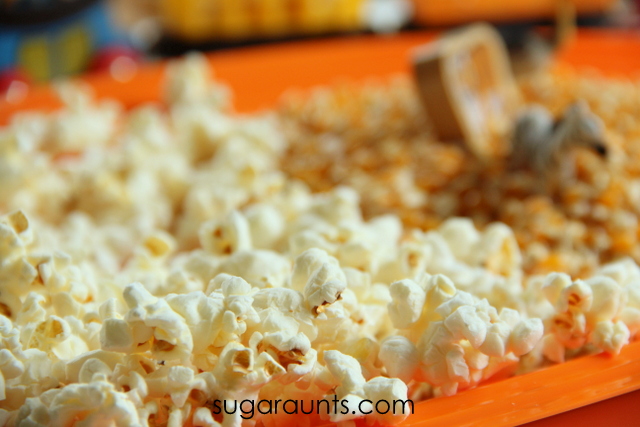If there’s one thing that’s true, it’s that Occupational Therapists love to laugh. Maybe it’s the therapeutic use of self and the use of humor in therapy that allows us this ability. At any rate, we love occupational therapy memes! These OT memes are perfect to include with our occupational therapy month activities for occupational therapy month during April…or any time of year to celebrate the profession of occupational therapy!
Here, we’re sharing some new OT memes that we’ve been sharing over on our Facebook page. Use these to share your passion for the profession, spread knowledge about occupational therapy, and to have a quick laugh! Speaking of laughs, be sure to check out our occupational therapy jokes page!
Occupational Therapy Memes (That Therapists Love)
We’ve shared a few of these memes on Facebook and Twitter so far, and let’s just say, us OTs love to share our love for our profession! Some of our most popular occupational therapy memes include the ones below. Some are funny occupational therapy quotes and others are dedicated to the school-based therapist. Can you relate to any of these therapy memes?
Here are some sensory memes we’ve shared recently.
Pediatric therapists know the joy of having a clinic full of the fun stuff! Whether the gym-favorite is the ball pit or the game closet, there is a lot of fun happening in the occupational therapy gym! What is your favorite: the ball pit, shaving cream, or a specific toy?
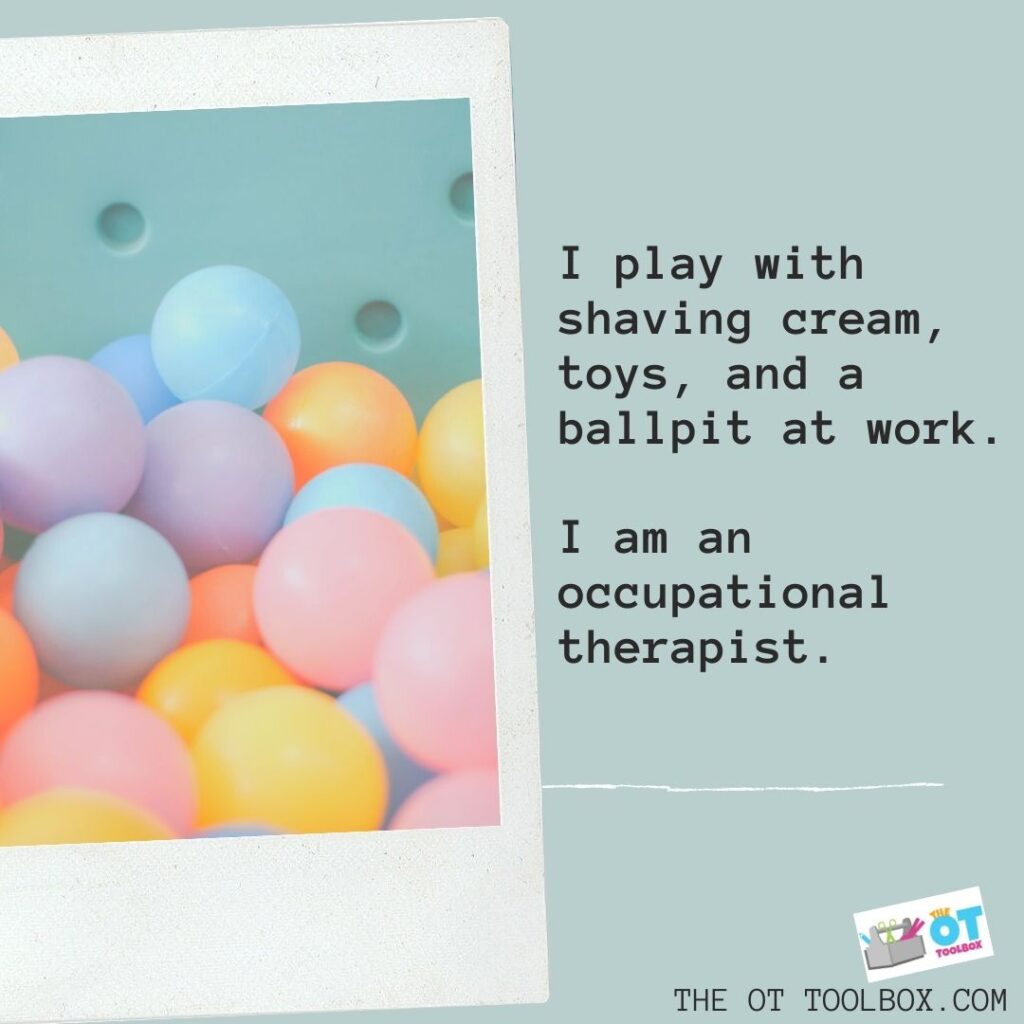
As an OT, there is just something about a clearance sign. If you are like me, you go on high-alert for potential therapy tools on the discount rack! During the end of summer, you might just find therapists scooping up all of the sidewalk chalk and bubbles…and those awesome Target dollar spot finds! There’s a reason why: OTs are skilled at using a toy or game in novel ways. A box of chalk can make it through an entire caseload…while working on everything from visual motor skills to gross motor strength and endurance…through the child’s primary occupation: play!
So, when you find a box of chalk on clearance, grab it up and watch the magic happen in the therapy room!
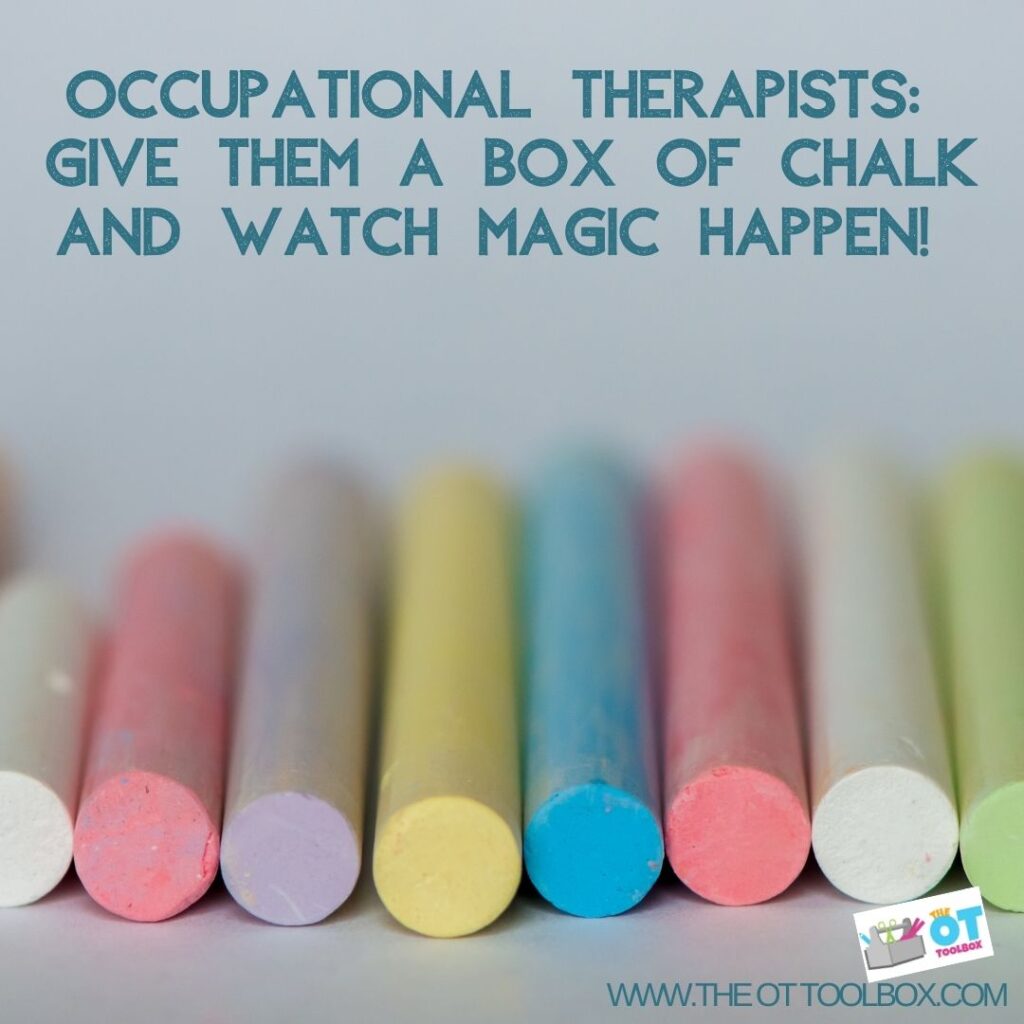
School-based OTs are some of the most efficient and busy therapists I know. From August through June, they are running from building to building (and district to district in some cases!), pulling luggage full of therapy supplies, and documenting well into the night sometimes. Don’t even mention IEP and Annual Review season! But one thing is for sure: when those summer months arrive, school-based OTs are free and loving life! Until summer school starts up!
This OT meme hit a funny bone for some therapists…Sunday nights for the school-based OTs on summer break mean just another summer day is coming, and not a case of the Mondays!
Self-care is essential for those in the healthcare field. Burnout is real! For some of us, coffee is just the right amount of self-care needed to jump into another day’s caseload! Therapist survival is a must…coffee helps!
School-based OTs and handwriting goals go hand-in-hand (pun intended!) So, after working in the field for a little while, therapists begin to notice a new superpower…the ability to read AND write upside down and backwards!
You know what I’m talking about…you’re sitting across from a student who is working on letter formation, letter spacing, line placement, and other aspects of functional handwriting. But, if you take the paper away from the student in order to correct or write words on the page, the student’s visual gaze is disrupted, attention falters, and you need to start over with orientation to the page, word, and letters. Not good.
So what happens? You develop the ability to write every upper case and lowercase letter from your position, sitting across from the child. You can write from the child’s left side to the child’s right side of the page, AND forming those letters from top to bottom, from the child’s perspective. Amazing!
You know you are an occupational therapist when analyzing pencil grasps in every coffee shop, bank, library, hotel desk, post office, DMV…everywhere! We have this additional sense called pencil grasp analysis! We just can’t help but notice bad pencil grasps everywhere.
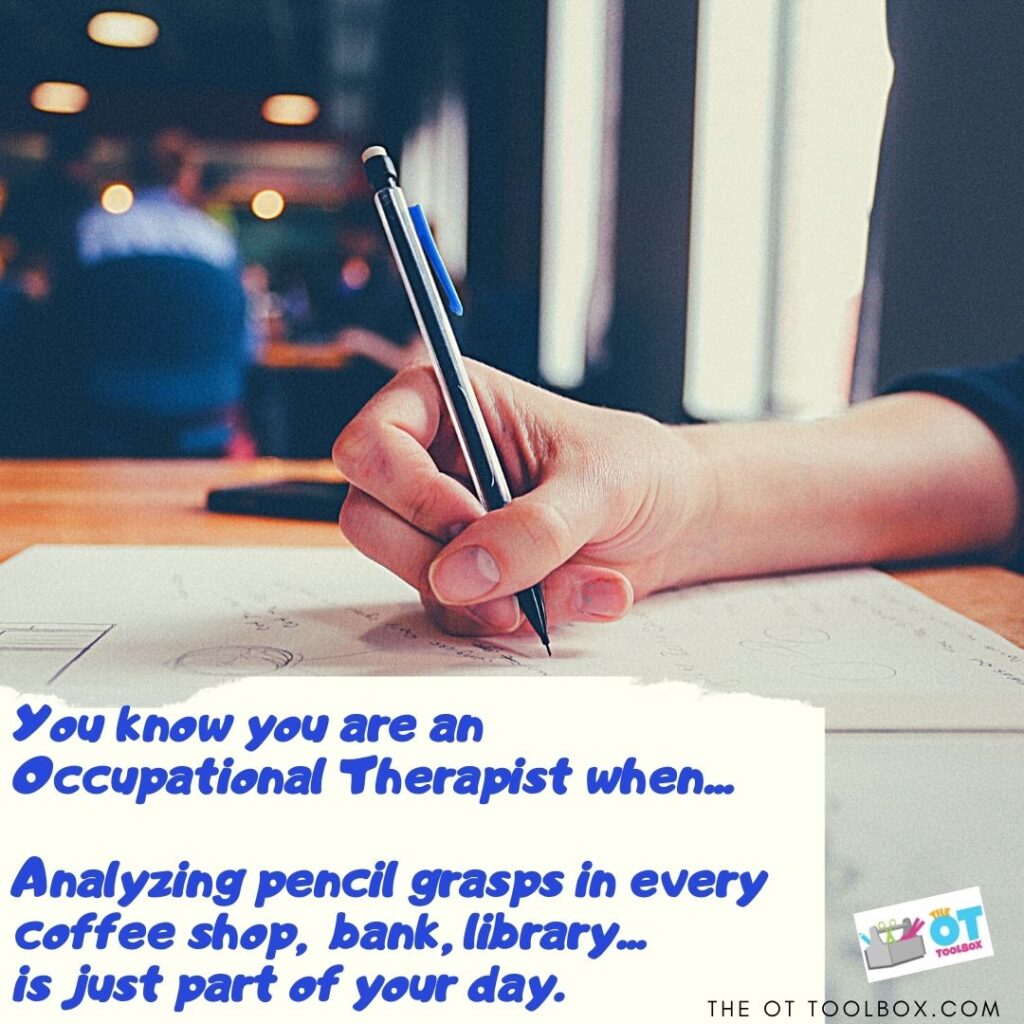
You’ve seen it before. Probably earlier today if it was a work day for you…that supply closet in the occupational therapy room that is absoluselty overflowing with therapy putty, games, toys, ride on toys, therapy balls, hula hoops, puzzles, art supplies, therapy band. The list goes on and on. And onto the floor sometimes!
The occupational therapy supply closet can be a place to find some old school items from years past! But the thing is, the OT will find a novel use for any item in that closet, and knock out some goals!

What are some funny occupational therapy memes that you’ve seen?


